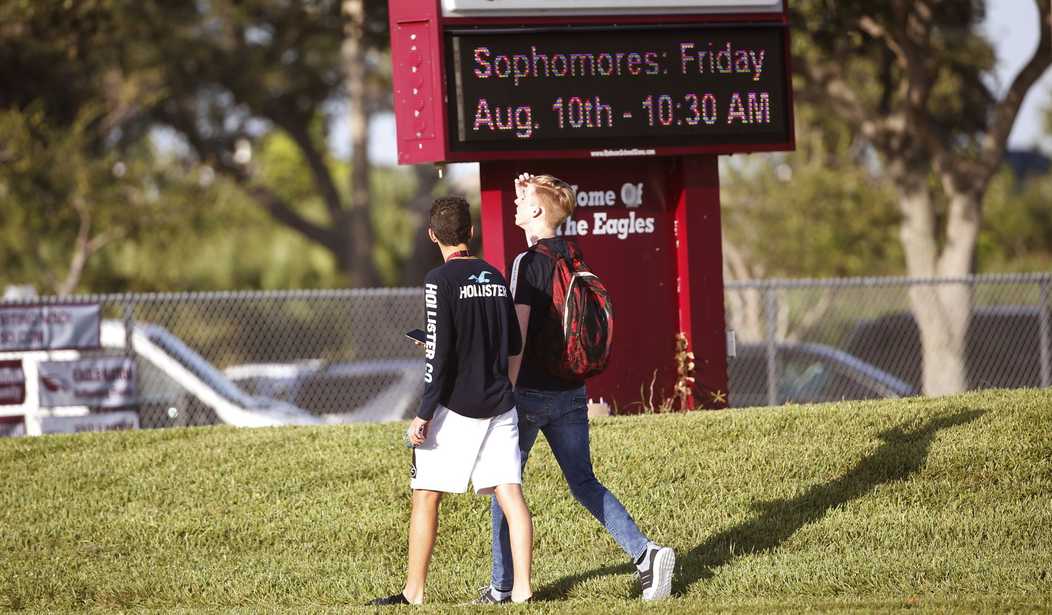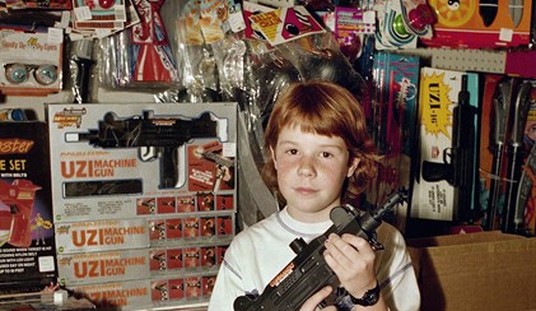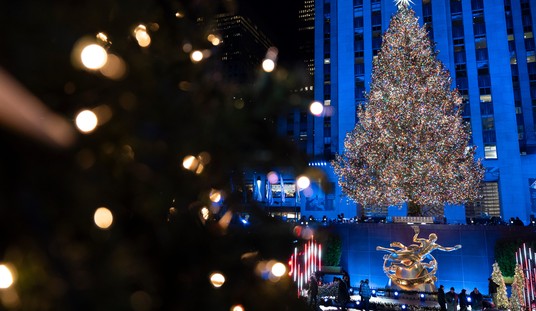Anti-gun students love to decry their need for mass shooting drills. “We shouldn’t have to have these,” they say, as if simply saying a thing makes it so. Of course, I agree. Mass shootings shouldn’t be a thing that schools feel like they need to drill, but they are and we have to live with that reality.
But now the talk about these drills isn’t surrounding whether the incidents precipitating them should be happening–which is good since only shooters seem to support school shootings–but the impact on children. It seems in the era of fragile students, there’s a concern that this might be too traumatic for them.
Last year, 57% of teens told researchers they worry about a shooting happening at their school. A slightly higher percentage of parents of teenagers, 63%, fear a shooting at their child’s school, the Pew Research Center found.
But many experts and parents are asking if the drills, some complete with simulated gunfire, are doing more harm than good.
Despite high-profile media coverage, school shootings with multiple victims are still rare. The overall number of students killed in shootings at schools is down from the early 1990s to about 0.15 per million in 2014-2015, according to researchers at Northeastern University. One Harvard instructor estimated the likelihood of a public school student being killed by a gun in school at about 1 in 614 million.
Melissa Reeves, a professor at Winthrop University and former president of the National Association of School Psychologists, talked with NPR’s Lulu Garcia-Navarro about changes in how school shooting drills are carried out and her concerns about how drills can impact the psychological development of young children.
Now, for the very young, I might see her point. I’m not sure I agree with it, but I can see where she’s coming from.
However, there’s another problem with mass shooting drills at schools, particularly above the elementary level. That issue is that the person perhaps being best trained are the shooters themselves.
You see, when a school initiates a mass shooting drill, they show their hands to any potential mass shooters in their student bodies. They show the procedures and responses, things that can then be used in the planning of these attacks.
Look, security experts tend to agree that you don’t tell people what your overall procedure is on security because it makes it easier to circumvent those procedures. Any security can be defeated given enough time and information.
More than that, though, a mass shooting drill tells a potential shooter where masses of people can be found after the first shots are fired. They can then respond and kill even more simply because they know where to find more and more victims.
As NPR noted, rather surprisingly, school shootings of any stripe are ridiculously rare. With a 1 in 614 million chance of being shot, it’s simply not something to stress over. You have a 1 in 3,000 chance of being struck by lightning, an event so rare we use it as the metric for rare occurrences, yet is also far more likely to happen than a school shooting.
On the other hand, though, failure to have some kind of a procedure in place can be a problem as well.
The solution may well be to drill the staff on mass shooting protocols and instruct students to simply listen to their teachers in such an event. Granted, students aren’t known for listening to their teachers most of the time, but people react to crisis differently than they do homework. They respond to authority.
It’s certainly something to think about.








Join the conversation as a VIP Member